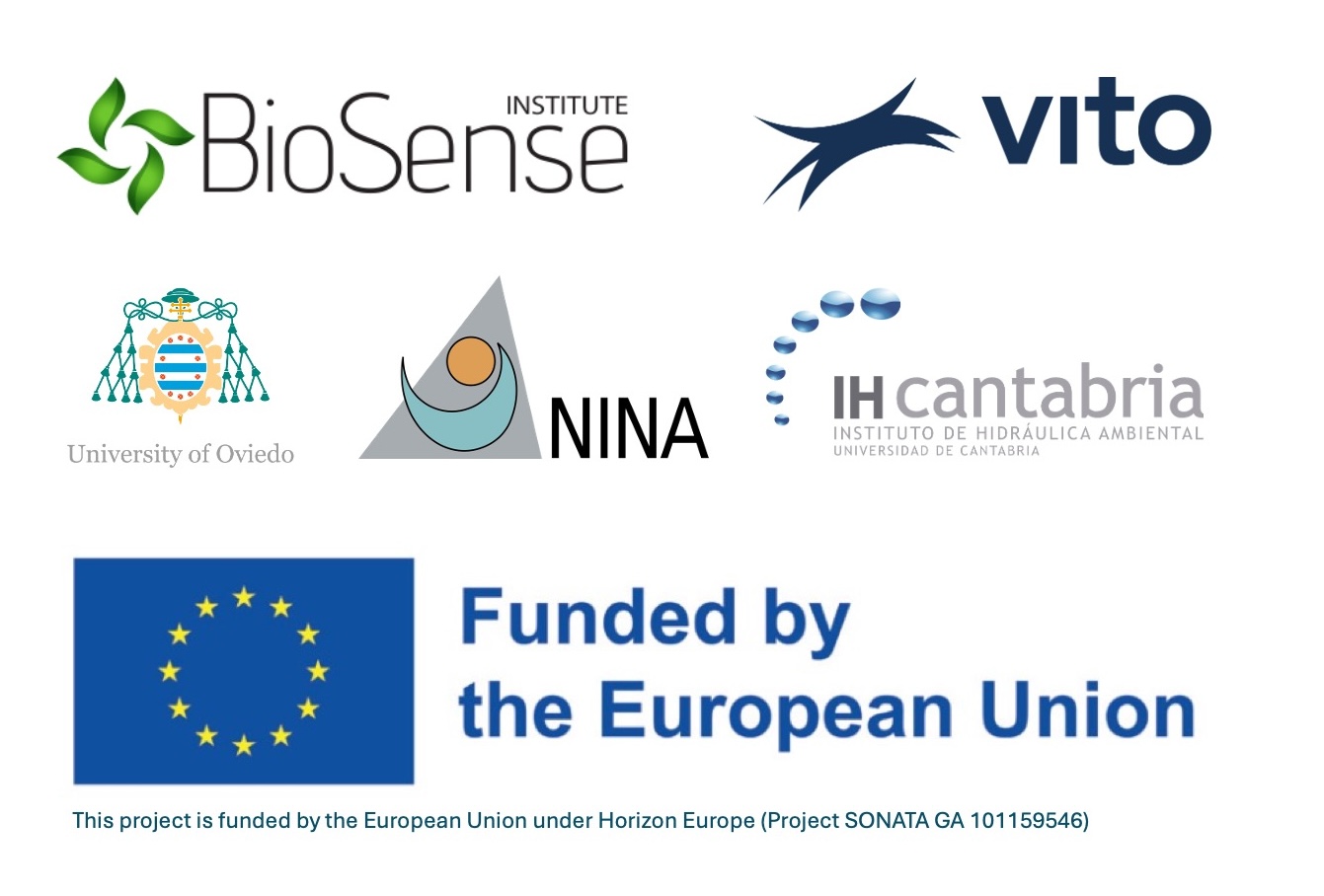IHCantabria attended the launch of the SONATA project, which promotes sustainable soil management with Nature based Solutions

Representatives of the SONATA project partners attending the launching meeting of this European project in Serbia
This project proposes the development of digital tools and the promotion of international collaboration to improve biodiversity and climate change research. IHCantabria contributes in several work packages
The European SONATA project, aimed at implementing Nature-based Solutions (NbS) and sustainable management of natural resources, held its kick-off meeting in Serbia this week. Researchers and experts from Serbia, Belgium, Norway and Spain participated in this meeting, in order to coordinate the first actions of the project. Patricia Bueno Soria, member of the European Projects Section of the Environmental Hydraulics Institute of Cantabria (IHCantabria), participated on behalf of this institute.
The goal of this project is to strengthen research and innovation capacity in Serbia, helping to close the gap with other European Union countries, and to enhance strategic networking between the BioSense -Research and Development Institute for Information Technologies in Biosystems (BIOS), Serbia, and its international partners −Vlaamse Instelling voor Technologisch Onderzoek N.V. (VITO), Belgium; Stiftelsen Norsk Institutt for Naturforskning (NINA), Norway, and the University of Oviedo, Spain-. One of SONATA’s objectives is to enhance the reputation and attractiveness of BIOS for researchers, and to strengthen its skills in scientific project management and administration.
The meeting launched in Serbia highlighted that one of the goals of BIOS is to become a regional benchmark in the use of advanced technologies for sustainable land management. To achieve this, SONATA will promote the creation of an integrated platform that will allow open access to key information on land use and management, as well as the development of innovative spatial tools for the planning, evaluation and scaling of SbN. These actions will be aimed at ecosystem restoration and the fight against climate change.
Objectives and relevance of this European project
SONATA is the acronym for “Monitoring of nature infrastructure – Skill acquisition fOr NATure-bAsed solutions”. The development of the SONATA project is funded by the European Commission, through the Horizon Europe funding program. At IHCantabria, the principal investigator (PI) of this project is Ana Silio Calzada.
The central objective of this project is to create effective partnerships between BIOS (Serbia), research groups and public and private actors in the land use sector. These collaborations aim to raise awareness of the importance of sustainable resource use and nature restoration, contributing directly to the implementation of the Sustainable Development Goals (SDGs) and the European Green Pact.
IHCantabria, together with other high-level European institutions, will play a crucial role in the transfer of scientific and technological knowledge needed to strengthen the capacity of BIOS and its researchers. This exchange of experiences will foster the improvement of research and project management activities, raising both the academic profile of BIOS and its ability to collaborate internationally.
The SONATA project also envisages the creation of a Network of Excellence, articulated around a Living Laboratory for Nature-Based Solutions (NBS Living Lab), which will have an enhanced capacity to respond to national, regional, European and global needs in the areas of biodiversity and climate change.
With the support of the European Commission, SONATA promises to be a reference in promoting the sustainable management of natural resources and the adoption of NbS, essential to address the climate and environmental challenges facing Europe.

Patricia Bueno presented a communication at the kick-off meeting of the European SONATA projectin Serbia
This project is implemented with the contribution of:




